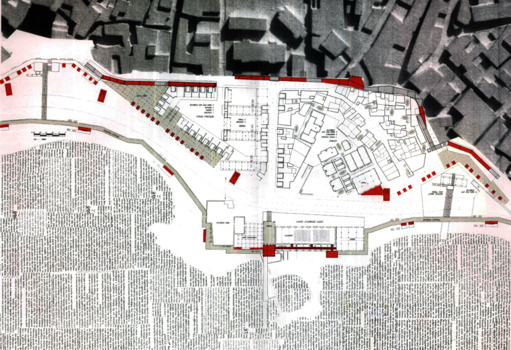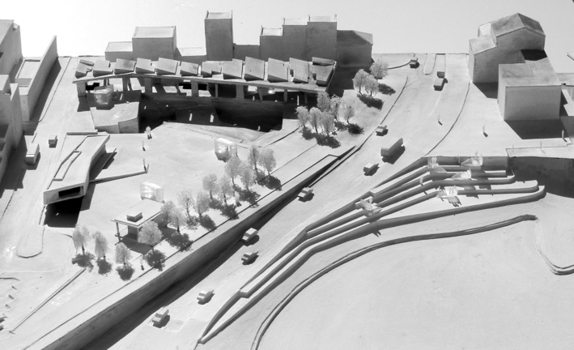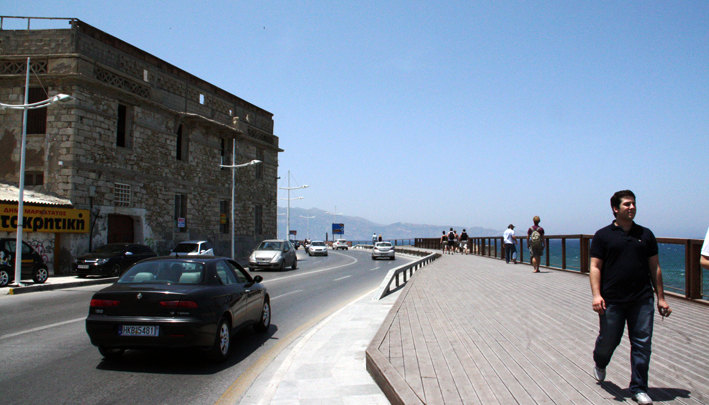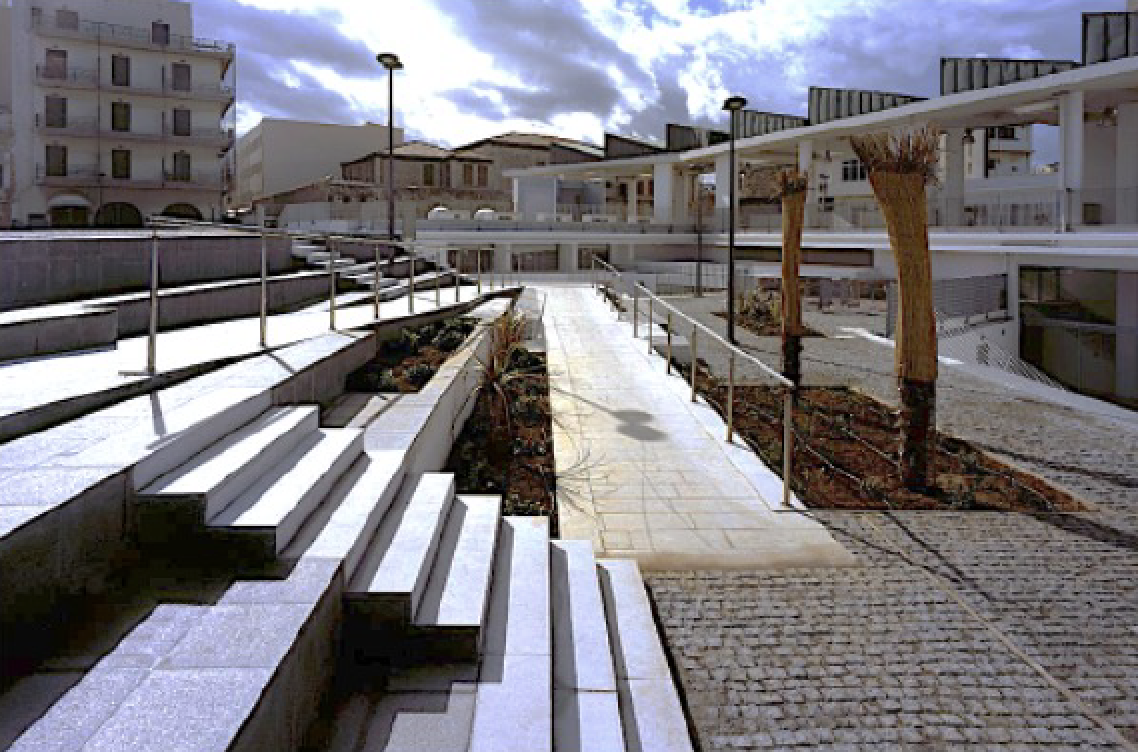Europan Notebooks #1
Implementation's story

Passages and Adaptations
By Didier Rebois, Architecte,
Secrétaire Général d'Europan Europe
"Urban Design on the Move", the title of this book, brings forward two notions that seem contradictory at first glance. It invites us to re-examine how this contradiction relates to exploring the implementing process of the Europan 4 competition-winning project in Heraklion Crete.
The "Urban Design" hypothesis, since the middle of the 20th century, is that a city can determine its shape by considering a territory's social, economic, and political parameters. Based on this hypothesis, urban design is about designing urban spaces at different scales, from territory to architecture, in a linear manner, predicting and controlling those spaces' evolution over time. Consequently, the urban design project is focused on its becoming, attempting to transform reality through a functional take. In doing so, however, the urban design project often becomes normative, thus reducing and freezing the complex reality of the city.

Undoubtedly, by associating the two notions of "Urban Design" and "On the Move", Socrates Stratis tells us that this contradiction is productive. He helps us see a shift in the notion of "urban design project": It is no longer understood as the result of a linear and functional approach, but rather, as the process of producing anticipatory imaginaries that show the potentialities of uncertain futures. Such a shift allows for the creation of an open process for urban-space-making. It takes into account a multiplicity and diversity of actors and adapts to unpredictable spatial practices and uses.

The book proposes to follow such an approach through the process of realisation of the Heraklion urban design project that transformed an obsolete industrial site by the sea into a network of inhabitable public spaces. The project's main idea emerges through the external gaze of a distant and enlightened observer, Hercules. He narrates five autonomous stories about the project-becoming, produced progressively and collectively with five "casts" of different actors.

The idea of conceiving the seaside promenade as a succession of projects referring to different contexts allowed the overall project's coherence over time despite the unpredictability of the implementation process. Such an idea increased the project's capacity to adapt to the specificities and dynamics of implementing an urban design project in Crete. Successive municipalities implemented each fragment of the project with different actors and different funding. At each stage, the challenge was to create a dynamic mobilisation with new imperatives arising from new relations between the project's actors and the design team. In this process, the design team's role was that of the initiator, transforming the priorities and relationships inherent in the city into space.

The Heraklion project-process invented a coherence along a specific design trajectory full of obstacles, where the following design stage was never assured nor predicted.
Such coherence was based on the adaptability of the design team since the project actors would change from one fragment to the next. It also involved integrating a "negotiated project" with the different project actors. The initiatives of the design team would update the project at each stage within a different context.
The work of the protean team - both in people and in skills - around Socrates Stratis is an inspiring example of a type of new practice of project design at the crossroads of urban, architectural and landscape design. Beyond this, the innovation of the book also lies in the way it restores the stories of this adventure in a literary form adapted to the genesis of the sequences/fragments of the project.
To purchase the book:
Urban Design on the Move by Socrates Stratis
Edition Jovis, 05/2024
www.jovis.de



